Moroccan rugs are more than just floor coverings. They are pieces of art that reflect the rich history and culture of Morocco, a country that has been influenced by various civilizations, religions, and climates. Moroccan rugs are also known for their high quality, durability, and versatility. They can add warmth, comfort, and style to any room in your home.
But how do you choose the right Moroccan rug for your home? With so many types, styles, colors, and sizes available, it can be overwhelming to find the one that suits your taste and needs. That's why we have created this ultimate guide to Moroccan rugs, where we will explain everything you need to know about these beautiful and unique rugs.

What are Moroccan Rugs?
Moroccan rugs are hand-woven rugs that originated in Morocco, a country in North Africa. They are made by different ethnic groups, such as the Berbers, Arabs, Tuaregs, and Sahrawis, who have their own traditions and techniques of weaving. Moroccan rugs are usually made from natural materials, such as wool, cotton, silk, or camel hair. They are also dyed with natural colors, such as indigo, saffron, henna, or madder.
Moroccan rugs are not only functional but also symbolic. They often feature geometric patterns, motifs, and symbols that represent the beliefs, stories, and experiences of the weavers. Some of these symbols include animals, plants, stars, eyes, crosses, diamonds, and zigzags. Each symbol has a specific meaning and purpose, such as protection, fertility, luck, or spirituality.
Check out our curated collection of authentic Moroccan rugs

The History and Culture of Moroccan Rugs
Moroccan rugs have a long and rich history that dates back to thousands of years ago. The earliest evidence of Moroccan rugs was found in the 8th century BC in the tombs of the Phoenicians, who were traders and colonizers of North Africa. The Phoenicians introduced the art of weaving to the native Berbers, who adapted it to their own culture and environment.The Berbers are the indigenous people of Morocco and have been living in the Atlas Mountains and the Sahara Desert for centuries. Their nomadic lifestyle and harsh climate influenced their unique style of weaving. They use thick and coarse wool to create warm and cozy rugs that can withstand cold and snow. Simple and abstract designs that are inspired by nature and their spiritual beliefs adorn their carpets.
The Arabs conquered Morocco in the 7th century AD and brought Islam and Arabic culture to the region. They also influenced the art of weaving by introducing more intricate and elaborate patterns, such as floral motifs, arabesques, medallions, and calligraphy. They also introduced more colors and materials to the weaving process, such as silk, velvet, gold threads, and synthetic dyes.
The Ottoman Empire ruled Morocco from the 16th to the 19th century and brought Turkish culture and influence to the country. They also introduced new types of rugs to Morocco, such as kilims (flat-weave rugs) and cicims (embroidered rugs). They also encouraged trade and commerce between Morocco and other countries in Europe and Asia.
The French colonized Morocco in the early 20th century and brought Western culture and modernity to the country. They also exposed Moroccan rugs to the international market and made them popular among collectors and designers. They also influenced the style of Moroccan rugs by introducing more contemporary and minimalist designs.
Today, Moroccan rugs are still made by skilled artisans who use traditional methods and tools to create stunning pieces of art. They are also still valued for their cultural significance and aesthetic appeal. They are widely admired by people all over the world who appreciate their beauty and uniqueness.

The Different Types of Moroccan Rugs
There are many types of Moroccan rugs that vary in size, shape, color, style, material, and origin. Here are some of the most common types of Moroccan rugs that you can find:
Beni Ourain rugs:
These are the most popular type of Moroccan rugs, made by the Berber tribes in the Atlas Mountains. They are characterized by:
- Their thick and soft wool that provides warmth and comfort
- Their geometric patterns that reflect the tribal culture and symbolism
- Their neutral colors that blend well with any decor
Boucherouite rugs:
These are colorful and eclectic rugs made from recycled materials such as fabric scraps, wool, cotton, nylon, etc. They are characterized by:
- Their vibrant and varied colors that create a cheerful and playful atmosphere
- Their abstract and free-form designs that express creativity and individuality
- Their sustainability and affordability that make them eco-friendly and accessible
Azilal rugs:
These are similar to Beni Ourain rugs but with more colors and patterns. They are made by the Berber tribes in the Azilal region of the Atlas Mountains. They are characterized by:
- Their soft and fluffy wool that is dyed with natural colors
- Their geometric and tribal patterns that are often mixed with animal and human figures
- Their uniqueness and rarity that make them highly sought-after
Marmoucha rugs:
These are thick and heavy rugs made by the Berber tribes in the Middle Atlas Mountains. They are characterized by:
- Their dense and soft wool that provides warmth and comfort
- Their bold geometric patterns that reflect the tribal culture and symbolism
- Their neutral or colorful wool that creates a contrast with the background
Zemmour rugs:
These are flat-weave rugs made by the Arab tribes in the Zemmour region of Morocco. They are characterized by:
- Their light and durable fabric that is easy to clean and transport
- Their intricate and elaborate patterns that feature floral motifs, arabesques, medallions, and calligraphy
- Their rich and varied colors that are dyed with natural or synthetic dyes
Kilim or Soumak rugs:
These are flat-weave rugs that have no pile or knots. They are made by various ethnic groups in Morocco and other countries in the Middle East and Central Asia. They are characterized by:
- Their lightweight and durable fabric that is easy to clean and transport
- Their colorful and intricate patterns that are often geometric or floral
- Their versatility and adaptability that make them suitable for any room or purpose
Zanafi rugs:
These are also flat-weave rugs but with more texture and dimension. They are made by the Zanafi tribe in the High Atlas Mountains. They are characterized by:
- Their thick and coarse wool that is woven in different directions and heights
- Their monochrome or bicolor patterns that are often striped or chevron
- Their modern and minimalist style that makes them ideal for contemporary spaces
This website, Tribus du Maroc, is a useful tool to gain a better understanding of the regions and tribes in Morocco!

How to Choose the Right Moroccan Rug for Your Home
Now that you know the different types of Moroccan rugs, how do you choose the one that fits your home? Here are some factors to consider:
Size:
The size of your rug should match the size of your room and furniture. You don't want a rug that is too small or too large for your space. A general rule of thumb is to leave at least 18 inches of floor space around the rug
Shape:
The shape of your rug should also complement the shape of your room and furniture. You can choose from rectangular, square, round, oval, or irregular shapes. Rectangular rugs are the most common and versatile, as they can fit any room and furniture arrangement. Square rugs are great for square rooms or spaces with symmetrical furniture. Round rugs are perfect for round tables or seating areas. Oval rugs are ideal for oval tables or rooms with curved walls. Irregular rugs are good for adding some character and interest to your space.
Color:
The color of your rug should match or contrast with the color scheme of your room. You can choose from neutral, bright, dark, or pastel colors. Neutral colors are easy to mix and match with any decor, as they create a calm and cozy atmosphere. Bright colors are good for adding some energy and excitement to your space, as they create a lively and cheerful mood. Dark colors are suitable for creating a dramatic and elegant effect, as they create a sense of depth and sophistication. Pastel colors are ideal for creating a soft and romantic ambiance, as they create a sense of lightness and freshness.
Style:
The style of your rug should reflect your personal taste and preference. You can choose from traditional, modern, bohemian, or eclectic styles. Traditional rugs are good for creating a classic and timeless look, as they feature intricate and elaborate patterns and motifs. Modern rugs are good for creating a sleek and simple look, as they feature minimalist and geometric designs. Bohemian rugs are good for creating a fun and funky look, as they feature vibrant and eclectic colors and patterns. Eclectic rugs are good for creating a unique and creative look, as they feature a mix of different styles and elements.

Tips on How to Care for Your Moroccan Rug
Once you have chosen the perfect Moroccan rug for your home, you need to take good care of it to keep it in good condition and extend its lifespan. Here are some tips on how to care for your Moroccan rug:
Vacuum:
Vacuum your rug regularly to remove dust, dirt, and debris. Use a low suction setting and avoid using a beater bar or brush attachment, as they can damage the fibers and knots of your rug. Vacuum both sides of your rug once a month to prevent dust mites and mold growth.
Spot clean:
Spot clean any spills or stains as soon as possible to prevent them from setting in. Use a clean cloth or paper towel to blot the affected area gently. Do not rub or scrub, as this can spread the stain or damage the fibers. Use a mild detergent or vinegar solution to remove the stain. Rinse with water and blot dry.
Professional clean:
Professional clean your rug every one to two years to remove deep-seated dirt, odors, and bacteria. Hire a reputable rug cleaner who specializes in Moroccan rugs and uses gentle methods and products. Do not use steam cleaning or dry cleaning, as they can shrink or fade your rug.
Rotate:
Rotate your rug every six months to prevent uneven wear and tear. This will also help to balance the exposure to sunlight and traffic.
Store:
Store your rug properly when not in use or during long periods of absence. Fold or roll your rug carefully and wrap it in a breathable fabric such as cotton or linen. Avoid using plastic bags or boxes, as they can trap moisture and cause mold or mildew. Keep your rug in a cool, dry, and dark place away from heat, humidity, and sunlight.
To conclude, Moroccan rugs are amazing and versatile pieces of art that can enhance the look and feel of your home. They are hand-woven by the indigenous people of Morocco, using natural materials and colors. They also have unique patterns and symbols that reflect the history and culture of Morocco. There are many types of Moroccan rugs to choose from, such as Beni Ourain, Boucherouite, Azilal, Kilim, Zanafi, Marmoucha, and Zemmour. Each type has its own characteristics and benefits that suit different tastes and needs. To choose the right Moroccan rug for your home, you need to consider the size, shape, color, and style of your rug. You also need to know how to identify and care for authentic Moroccan rugs to ensure their quality and longevity.
We hope this guide has helped you learn more about Moroccan rugs and how to choose the perfect one for your home. If you have any questions or comments, please let us know in the comments below.

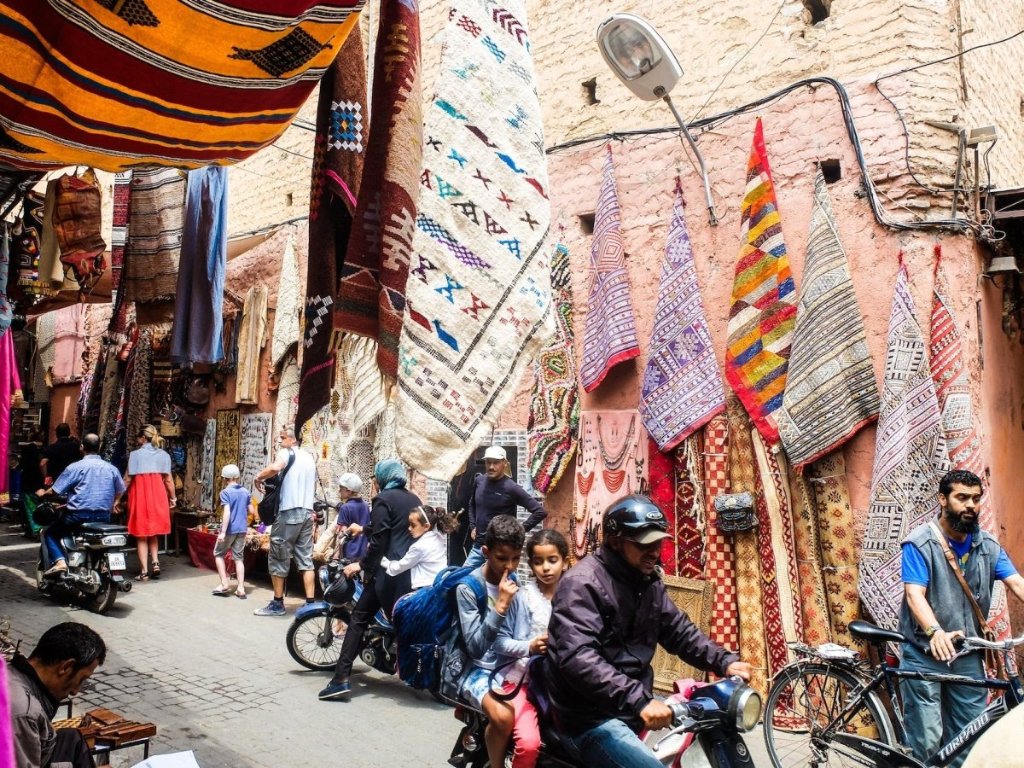









































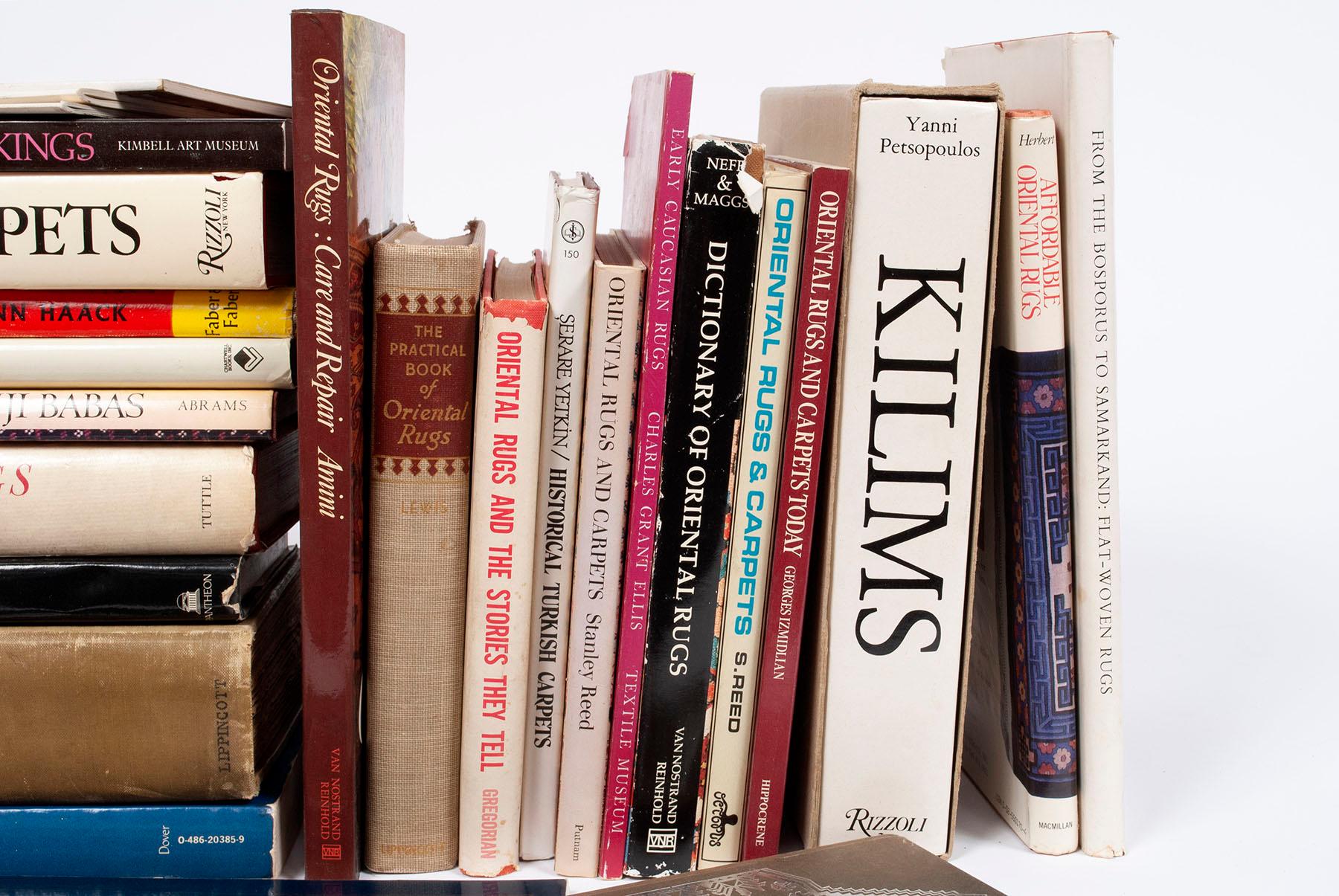
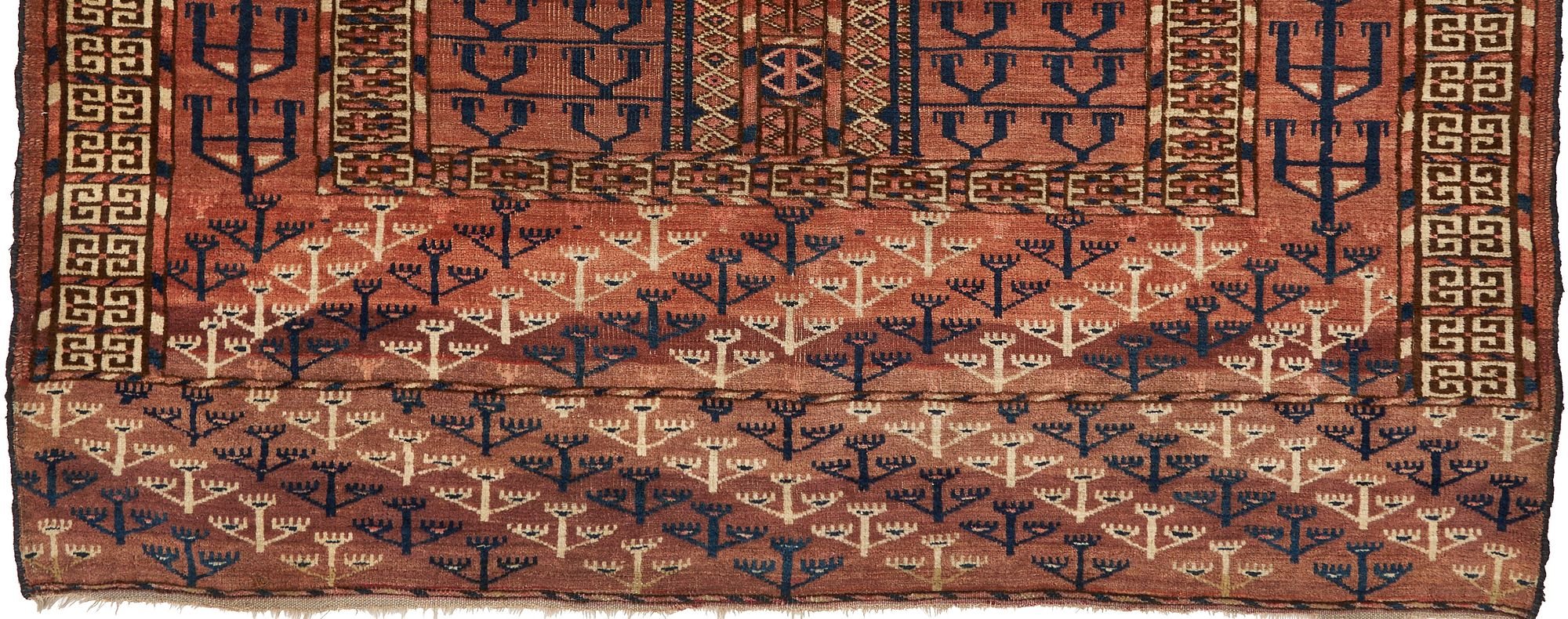
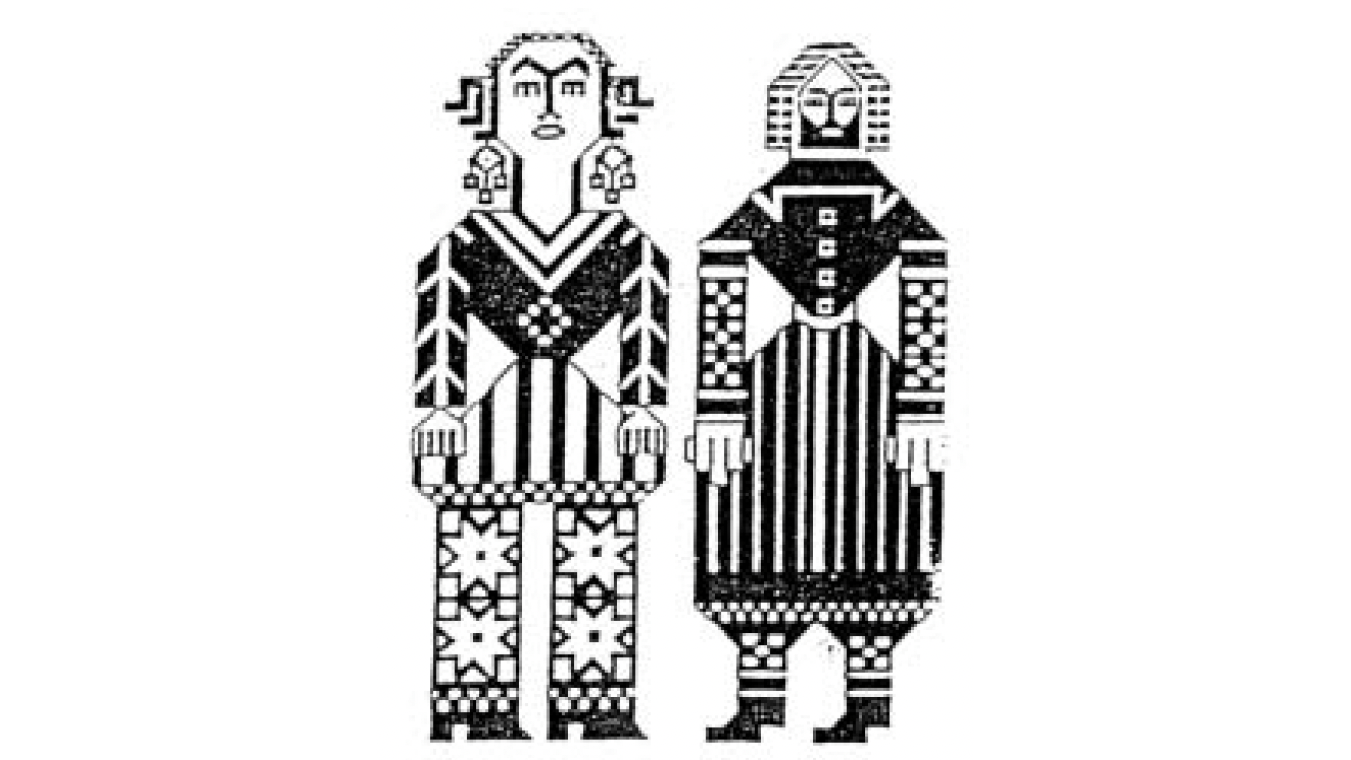
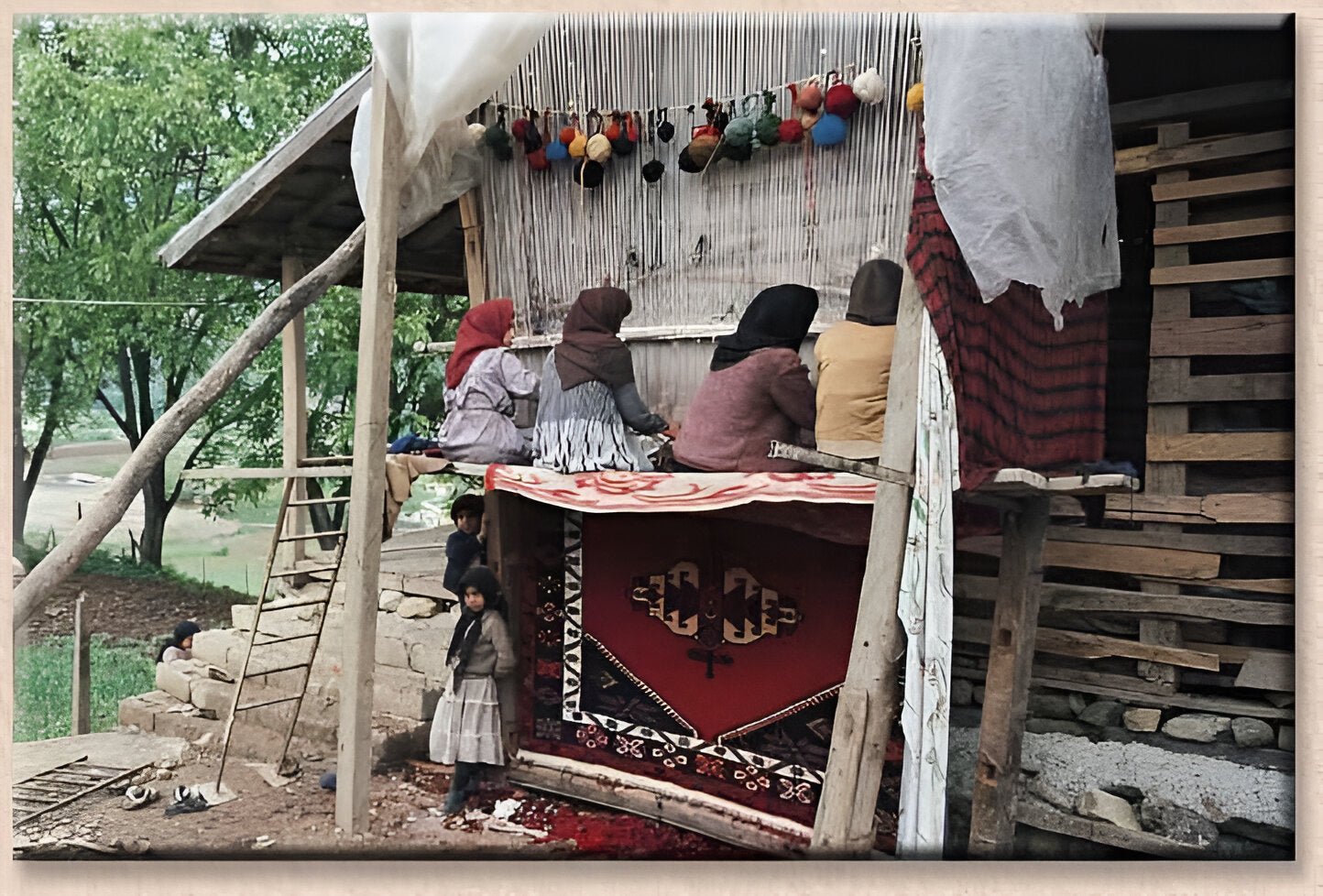
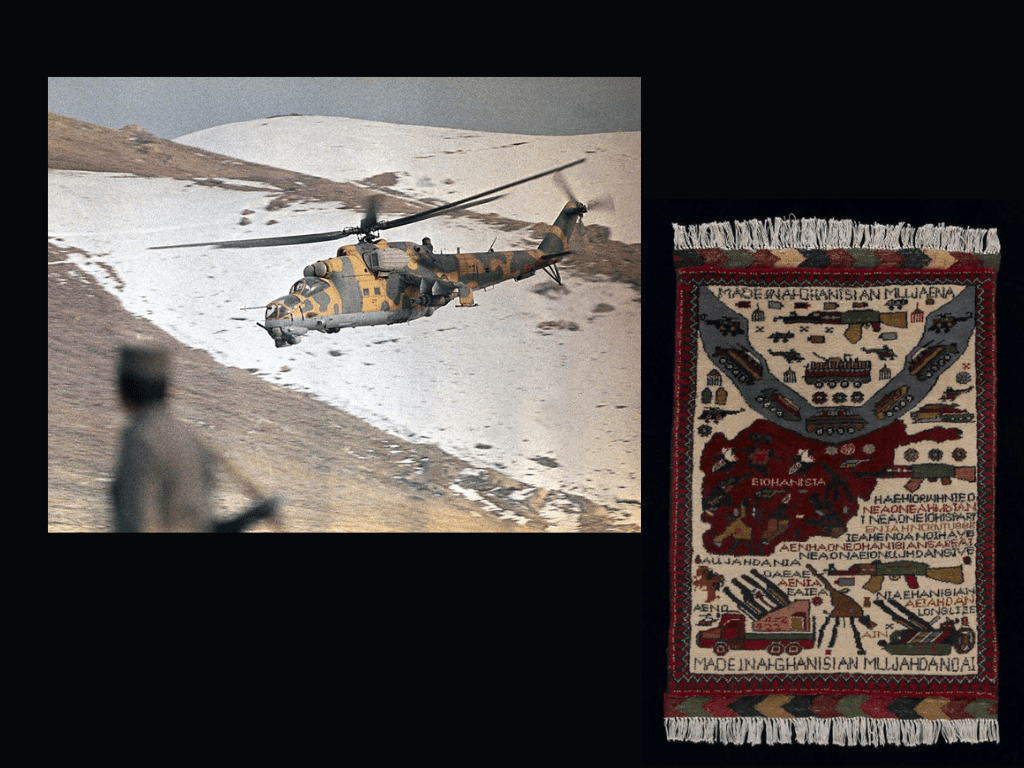
Leave a comment